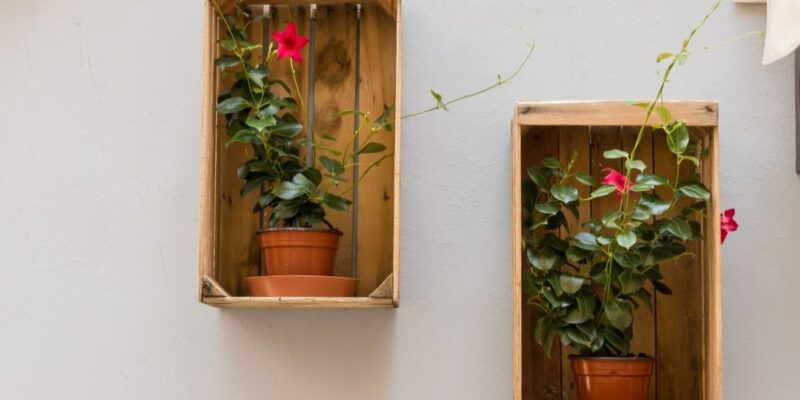
Framing your own artwork through DIY picture framing is a satisfying and creative endeavor that adds a personal touch to your living space. Rather than purchasing expensive pre-framed pieces, mastering the art of framing allows you to customize the presentation of your art while saving money. Whether you’re displaying paintings, photographs, or prints, the process of DIY framing involves careful measurement, selection of materials, and assembly. This step-by-step guide will empower you to create professional-looking frames that enhance your artwork and complement your decor. Embrace the joy of crafting your own frames and give your art the attention it deserves.
Gather Your Materials: To begin your DIY picture framing project, it’s essential to gather all the necessary materials and tools. Start by selecting a suitable frame that complements your artwork in terms of size and style. Choose a quality glass or acrylic sheet that fits the frame dimensions to protect your artwork. A mat board is essential for creating a border around your artwork within the frame, adding depth and preventing direct contact with the glass. You’ll also need a sturdy backing board, like foam board or cardboard, to support the artwork. Use archival-quality mounting tape or corners to secure the artwork to the backing board without causing damage. Additionally, include hanging hardware such as wire, hooks, or D-rings for easy wall mounting. Prepare measuring tools like a ruler and cutting tools for accurate sizing and cutting, along with cleaning supplies to ensure the glass is spotless before framing.
Measure Your Artwork: When measuring your artwork for DIY framing, precision is key to achieving a professional look. Start by using a tape measure or ruler to determine the dimensions of your artwork, including both height and width. Record these measurements accurately. Next, consider how much border or “breathing room” you want around your artwork within the frame. This will help you decide the size of the mat board. Ensure the frame you’ve chosen accommodates both the artwork and the desired mat width. Double-check all measurements before proceeding to cutting the mat board and assembling the frame. Taking the time to measure accurately will ensure a perfect fit and presentation of your framed artwork.
Choose a Frame: Choosing the right frame for your artwork is essential to enhance its presentation and complement your decor. Begin by considering the style and aesthetic you want to achieve. Wooden frames offer a classic and versatile look, suitable for a variety of art styles. Alternatively, metal frames can provide a modern and sleek appearance, ideal for contemporary artworks. Match the frame color and finish to the overall tone of your artwork and the room where it will be displayed. Ensure the frame’s size fits your artwork dimensions and accommodates any desired matting. Take your time in selecting a frame that highlights and elevates your artwork effectively.
Prepare the Mat and Backing: Preparing the mat and backing for your DIY framing project involves careful cutting and assembly. Begin by measuring and marking the mat board according to the dimensions of your artwork and desired border width. Use a straightedge and mat cutter or utility knife to make precise cuts. Once the mat is cut to size, position your artwork on the backing board and secure it using archival-quality mounting tape or corners. Ensure the artwork is centered and aligned within the mat opening. Place the assembled mat over the artwork, then insert the entire assembly into the frame. This step adds depth and protection to your framed artwork, enhancing its visual appeal.
Secure Your Artwork: Securing your artwork within the frame is a critical step in framing to ensure its stability and protection. Start by placing your artwork on the backing board inside the frame. Use archival-quality mounting tape or corners to secure the corners or edges of the artwork to the backing board. Apply the tape or corners carefully to avoid damaging the artwork. Check that the artwork is centered and positioned correctly within the frame. This process not only holds the artwork securely in place but also prevents it from shifting or sagging over time. Take your time to ensure everything is aligned before proceeding with the final assembly of the frame.
Assemble Your Frame: Assembling your frame is the next crucial step in completing your DIY framing project. Begin by placing the glass or acrylic sheet over your secured artwork and mat assembly within the frame. Ensure the glass is clean and free from dust or fingerprints. Carefully insert the mat and artwork assembly into the frame, making sure everything fits snugly. Use frame clips or tabs to hold the backing board securely in place within the frame. Double-check that all components are aligned and the artwork is centered within the frame. Once assembled, inspect the frame for any dust or imperfections before sealing the back. This final step prepares your artwork for display with a professional finish.
Conclusion: In conclusion, completing a framing project allows you to showcase your artwork with a personal touch while saving costs compared to professional framing services. By following the step-by-step process of gathering materials, measuring your artwork, choosing a frame, preparing the mat and backing, securing your artwork, and assembling the frame, you can achieve a professional-looking result. Remember to take your time, measure accurately, and handle materials with care to ensure a successful outcome. Once your artwork is framed and assembled, it’s ready to be displayed and admired in your home or given as a thoughtful gift. Embrace the creativity and satisfaction that comes with DIY framing!


